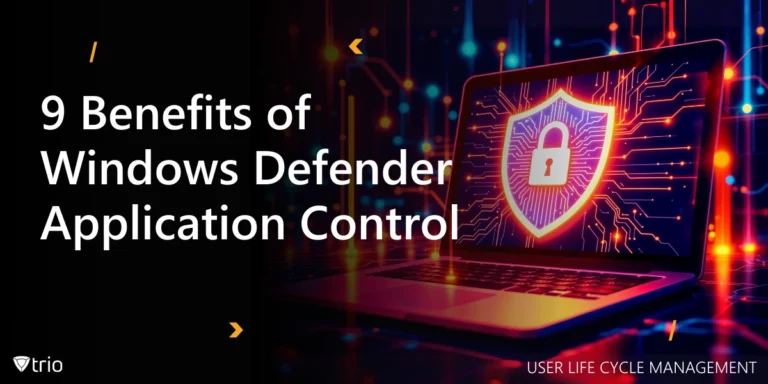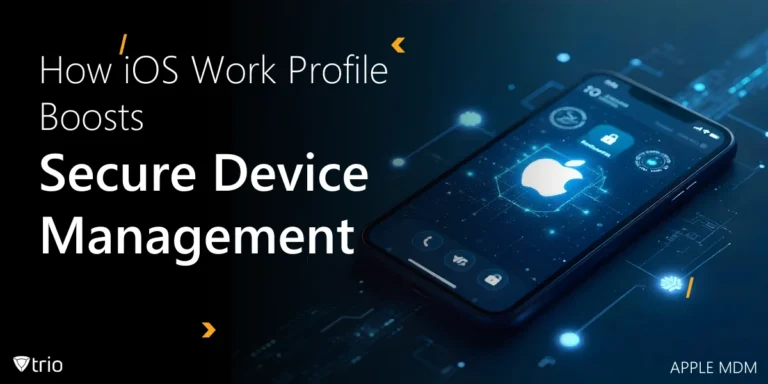In today’s digital era, the concept of BYOD—Bring Your Own Device—is becoming increasingly prevalent in educational settings. This policy allows students to bring their personal devices, such as smartphones, tablets, and laptops, into the classroom to use as learning tools. BYOD in schools leverages the technology that students are already familiar with, potentially enhancing engagement and accessibility to educational resources. This introduction to BYOD will explore how this model operates within the classroom, highlighting the dynamic interaction between students’ personal devices and educational systems, and discussing the overarching impact on teaching and learning processes.
Understanding BYOD in the Classroom
BYOD, or “Bring Your Own Device,” is a policy many schools are adopting where students are permitted to use their personal electronic devices as learning tools in the classroom. This approach involves students bringing their own tablets, laptops, or smartphones from home and connecting them to the school’s Wi-Fi network. Teachers provide guidelines on which apps or platforms to use, ensuring that all students, regardless of the device they bring, can access the same educational resources and activities.
Example of BYOD
Imagine a classroom where a history teacher assigns students to create a presentation on ancient civilizations. Students use their smartphones or tablets to gather information, watch relevant documentaries, and access interactive maps. They collaborate in small groups, sharing insights and resources via a class forum or chat app. Finally, each group uses presentation software to compile their findings and present to the class, using their own devices to control the presentation and display visuals. This scenario not only makes the learning process more interactive but also uses the multimedia capabilities of modern devices to enrich the educational experience.

Pros and Cons of BYOD in Schools
Implementing BYOD in schools has various advantages and disadvantages which will be explored in the following paragraphs.
Advantages of BYOD in Schools
- Increased Engagement: When students use their own devices, they are often more engaged in the learning process. Familiarity with their personal devices makes it easier for them to access educational tools and participate actively in lessons.
- Familiarity with Devices: Students tend to be more comfortable and proficient with their own devices. This familiarity can lead to quicker completion of assignments and more effective communication in digital formats.
- Cost Savings: BYOD programs can reduce financial burdens on schools that would otherwise need to invest heavily in technology. Schools can allocate these savings towards other educational resources or improvements.
Disadvantages of BYOD in Schools
- BYOD Security Concerns: One of the major drawbacks of BYOD is the increased risk of security breaches. Personal devices may not have the same level of security as school-provided equipment, making sensitive information more vulnerable.
- Distractions: Personal devices can easily become a source of distraction in the classroom if not managed properly. Games, social media, and other non-educational content can detract from learning.
- Inequality Among Students: Not all students may have access to high-quality or recent technology, which can lead to disparities in learning experiences. This potential inequality can impact students’ ability to participate fully in digital learning environments.
Exploring the pros and cons of BYOD in schools helps educators and administrators weigh these factors carefully to determine whether BYOD is the right strategy for their schools, considering both the benefits it offers and the challenges it presents.
Types and Levels of BYOD Implementation
In schools, the implementation of BYOD policies can vary greatly, reflecting different levels of access and control. Here’s how these can be categorized:
- Basic BYOD: Under a basic BYOD policy, schools allow students to bring their own devices but limit their use strictly to non-network activities. This means students can use their devices for tasks like note-taking or offline project work, but they cannot connect to the school’s network or internet. This type is particularly common in schools just beginning to explore BYOD options or those with significant security concerns.
- Limited BYOD: A limited BYOD policy offers more flexibility but still controls access to network resources. Students might be allowed to connect to the internet or school network, but only through a restricted portal or for certain times of the day. This type of BYOD is often used in schools that have some infrastructure for managing devices but still need to maintain considerable control over how and when students access network resources.
- Full BYOD: In a full BYOD environment, students have almost unrestricted access to school resources with their devices. They can connect to the internet and the school’s network, use printers, and access file storage. This level requires a robust mobile device management (MDM) system to ensure security is maintained, as it offers the greatest freedom but also presents the most significant management challenges.
These three types of BYOD in schools allow institutions to align their digital strategies with educational goals and security capabilities. Whether a school chooses Basic, Limited, or Full BYOD can depend on many factors, including their IT infrastructure, educational priorities, and the maturity of their digital policies.

Managing BYOD Challenges in Schools
Implementing BYOD (Bring Your Own Device) in schools comes with its own set of challenges, especially in areas like security, policy development, and classroom management according to this study. Here’s how schools can navigate these challenges effectively:
Security Measures: With this new protocol, various BYOD security concerns in schools arise. Therefore, ensuring the safety of both the school’s network and the data involves setting up robust security protocols. Schools can start by securing their Wi-Fi networks with strong encryption methods such as WPA2 or WPA3. Regularly updating these protections and conducting network vulnerability assessments can help prevent unauthorized access. Additionally, schools should install reputable security software on all devices accessing the network and enforce the use of strong, unique passwords among students and staff.
Policy Development: Creating a comprehensive BYOD policy is crucial for setting clear guidelines on device usage. This policy should outline acceptable use, restricted activities, and the consequences of policy violations. It’s important to address data privacy concerns, outlining what school administrators can and cannot access on student devices. Schools should involve legal counsel to ensure that policies comply with local and national privacy laws and that students and parents understand their rights and responsibilities.
Classroom Management: For teachers, effectively managing a classroom where students use their own devices requires clear rules and consistent enforcement to minimize distractions. Teachers can establish “tech-free zones” or specific times when students can use their devices for learning activities. Training teachers to integrate technology into their lessons can also enhance engagement and ensure that device use aligns with educational goals. Regular feedback sessions with students can help adjust policies and practices to better meet educational objectives while maintaining a focus on learning.
By addressing these aspects thoughtfully, schools can create a BYOD environment that enhances learning while maintaining security and order in the classroom.
The Role of Mobile Device Management (MDM) in BYOD
Mobile Device Management (MDM) systems are vital for schools adopting a Bring Your Own Device (BYOD) approach. MDM allows schools to manage and secure both school-owned and student-owned devices within the same network. This management includes installing necessary educational apps, updating software, and configuring settings that adhere to school policies. By doing so, MDM helps maintain a controlled environment where students benefit from using their own devices for learning while ensuring these devices do not compromise the school’s network.
Benefits of MDM
Using MDM in schools offers several advantages:
- Enhanced Security: MDM solutions provide robust security features such as password enforcement, encryption, and the ability to remotely wipe devices if they are lost or stolen. This security is crucial in protecting both student data and the school’s network.
- Simplified Device Management: MDM allows IT administrators to handle various tasks like software installations and updates remotely, which saves time and reduces the hassle of handling each device individually.
- Improved Compliance: With MDM, schools can ensure that all devices comply with educational standards and policies. This compliance includes restricting access to inappropriate content and ensuring that all devices have the latest security patches.
By integrating MDM solutions, schools can facilitate a smooth BYOD environment where the benefits of using personal devices for educational purposes are maximized, while risks and challenges are minimized.
See Trio in Action: Get Your Free Trial Now!
Conclusion
As schools continue to navigate the complexities of integrating technology into the classroom, BYOD policies play a pivotal role in shaping accessible and inclusive learning environments. While BYOD offers numerous benefits like increased student engagement and cost savings, it also brings challenges such as security concerns and the need for robust management systems. This is where Mobile Device Management (MDM) solutions like those offered by Trio become essential. Trio’s advanced MDM solutions can help schools effectively manage and secure a diverse array of devices, ensuring that every student’s device is a gateway to educational success, not a barrier. Schools looking to optimize their BYOD strategies and overcome common traps should consider Trio’s comprehensive MDM solutions. Experience the benefits now by trying Trio’s free demo today and see how your institution can enhance educational outcomes while maintaining high standards of security and compliance.




